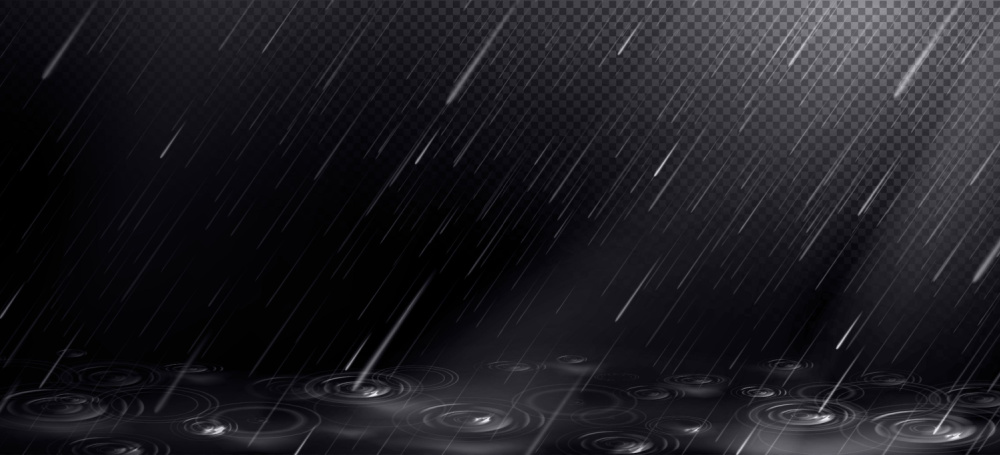Understanding Liability in Rainy Weather Accidents: Expert Tips from Tucker Law
Liability for incidents that occur during periods of severe rain might be difficult to establish. That is why you should hire the right car accident attorney. Our knowledgeable accident attorney law firm at Tucker Law is familiar with the complexities of these kinds of situations and can assist you in navigating the legal system to obtain the compensation you are entitled to. Prior to anything else, it's critical to comprehend the problem of negligence. The plaintiff must be harmed as a result of the defendant's failure to exercise reasonable care, which must have been demonstrated in order to establish negligence. The defendant may claim that a rain-related accident was an "act of God," although this defense is not always effective. For instance, a driver might still be deemed negligent if they were speeding or operating their vehicle carelessly in a downpour. The issue of contributory negligence is another crucial factor to take into account. According to this law, the plaintiff's damages may be diminished or completely banned if they were also negligent in some way. A driver might be held partially negligent, for instance, if they neglected to maintain their brakes and as a result could not stop in time during a downpour. The state of the road should be taken into account when deciding fault in a rain-related collision. When it rains heavily, accidents can occur on roads that are not adequately maintained or that were improperly built or engineered. For instance, a road with poor drainage or a shoulder that collects water might make it challenging for drivers to keep control of their vehicles. In certain situations, the government body in charge of keeping the road in good condition may be held accountable. [...]






